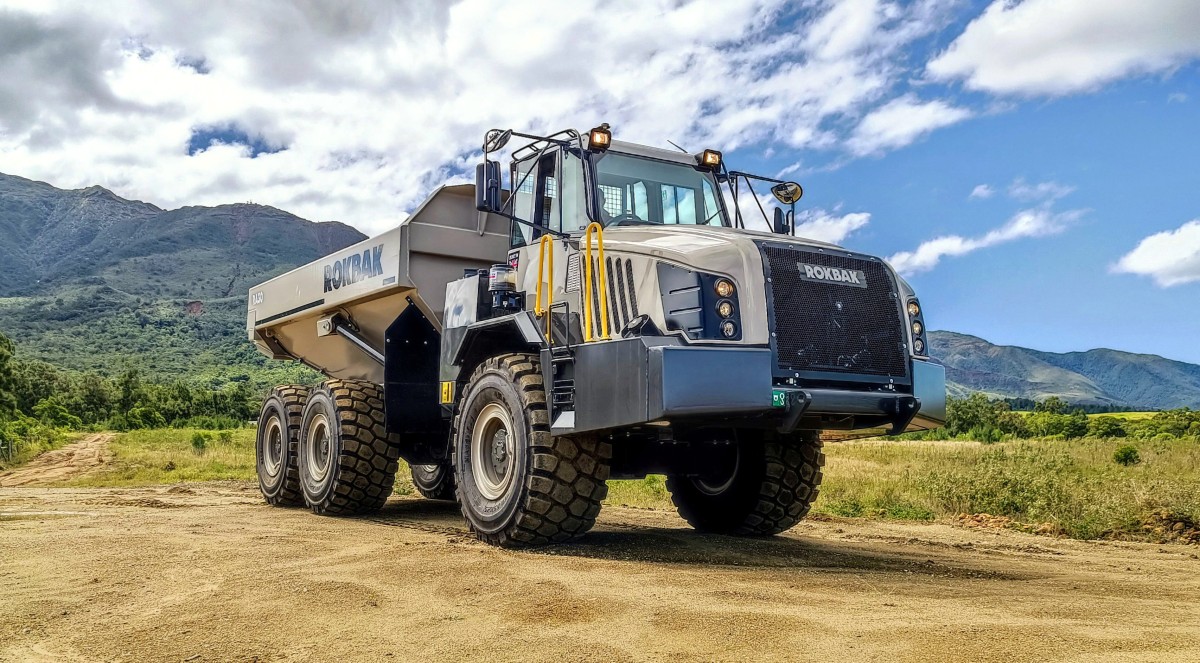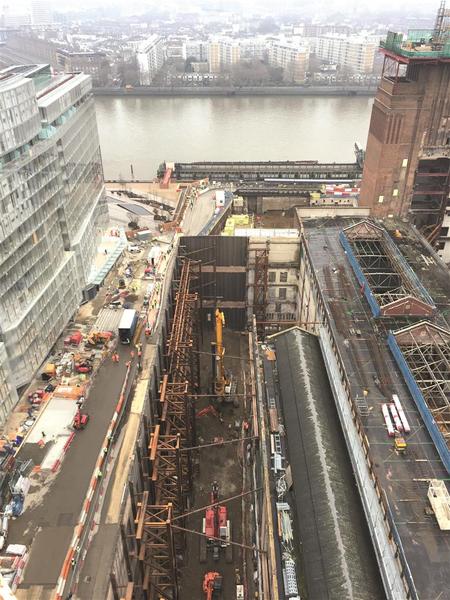Home \ International \ Renovation of the Battersea Power Station
Renovation of the Battersea Power Station
13/07/2017
Pubblicato da Redazione
The Battersea Power Station, located on the south bank of the River Thames in Nine Elms, London, was constructed in the 1930s. With its four-chimney layout, the former power station is one of the
The Battersea Power Station, located on the south bank of the River Thames in Nine Elms, London, was constructed in the 1930s.
With its four-chimney layout, the former power station is one of the most recognizable landmarks of the British capital, which has also attracted more than a few popular cultural references: It is featured on the cover of the Pink Floyd album “Animals” and it is a significant backdrop in the 1965 Beatles film “Help!”. Its iconic stature notwithstanding, the power station was decommissioned in 1983. Since then the building has remained largely unused, with the condition of the structure being described as “very bad” by English Heritage, a registered charity that cares for the National Heritage Collection. Despite many redevelopment plans, from many different owners, it was not until the site was purchased by a Malaysian consortium and the Employees Provident Fund (EPF) that redevelopment plans really began to take shape. Construction on Phase 1 finally commenced in 2013.
Phase 2 of the construction will see over 46,452 m² of office space created from the converted power station. The flexible space will be set out across six floors, within what was once the Boiler House. Bauer Technologies Ltd was awarded the Phase 2 foundations contract in January 2016. The English subsidiary of Bauer Spezialtiefbau GmbH is carrying out the entire foundation work within the existing structure of the former power station, which presents some major challenges in terms of access to the construction site, working space and headroom. “These factors dictate the timing and the construction techniques that are used”, says project director Paul Doyle. “For example, before specialist foundation engineering works can be carried out, removal of hazardous waste, such as asbestos or animal waste, is undertaken to allow safe access”. Prior to the commencement of main works, Bauer carried out various preliminary works, which included the construction of test piles and the removal of old foundations and redundant piles. The redundant piles ranged from 300 mm to 900 mm in diameter, with a variety of depths from 12 m to over 30 m and were removed in the conventional way: a casing tube was inserted around the pile into the ground and the pile was broken up within the casing by means of a drill. The resulting borehole was then filled with low strength concrete, as Bauer will be installing a new foundation pile through that location during the next phase of the work.
Main works followed, initially with the installation of two very large secant pile walls inside what were originally the Turbine Halls. Paul Doyle comments: “Installation of these walls was far from easy, as access including headroom was severely restricted.” Over 500 secant piles (1000 mm diameter; up to 26 m deep) will be installed in the two basement excavations. The project demands a stringent collaborative approach to working, on account of the space and access restrictions. “Collaborative working with Skanska – the company that is managing and coordinating the entire Phase 2 construction work – and the other contractors on site takes place through daily and weekly meetings. Only in this way can the personnel work successfully and safely within the heavily restricted areas,” says Paul Doyle.
Two brand new Bauer BG 39 drilling rigs, a BG 40 and 3 duty cycle cranes were delivered to the site on a low loader – not an easy task considering that in some places the clearance between the vehicle and the existing structure is only a few millimeters. The masts for the BG rigs were delivered on separate low loaders, together with the drilling tools and the Kelly bar, and were re-assembled within the building. The scope of the piling consists of 480 supporting piles ranging from 750 mm to 2,100 mm in diameter drilled down up to a depth of 63 m, and 500 secant piles to be installed.
A deep and unusual scour feature, i.e. a water-filled hollow space above the prevailing London Clay, was found below the former power station. Paul Doyle said: “Ordinarily the London Clay is at a depth of 7 m below ground. By contrast, within the scour feature the clay horizon is found at a depth of 33 m and the material that infills the feature is composed mainly of very loose silts and sandy gravel – both of which are neither homogeneous nor stable. The scour makes piling installation very difficult, requiring either extremely long casings, which are used to provide support up to 33 m, or Bentonite support fluid for stabilization of the borehole, or a combination of both. The drilling work is well under way and is expected to be completed by the end of 2017. This ambitious project with its many challenges places the highest demands on technical and planning competence, as well as on the health and safety standards on site – which is no problem for the Bauer Technologies team. We owe this in no small measure to our fantastic network within the Bauer Group. Meticulous planning enables us to carry out all measures smoothly and in close collaboration with the other contractors.”

Ultime notizie di Bauer Macchine Italia
Perforation
30/09/2024
Bauer Spezialtiefbau modernizes John Hart Dam in Canada
Improvement of downstream public safety and facility reliabi...
Perforation
18/07/2024
Bauer secures port project in Scottish town of Ardersier
Bauer constructs diaphragm walls up to 42 m deep and anchor...

Perforation
05/12/2023
Bauer relies on full e-power during Dutch infrastructure project
Innovative electric drill rig from Klemm in operation for th...

Perforation
04/11/2023
Bauer India constructs the deepest diaphragm wall element
Bauer India constructs the deepest diaphragm wall element du...

Perforation
27/10/2023
Klemm Bohrtechnik GmbH celebrates double anniversary
This year, Klemm Bohrtechnik GmbH is celebrating two anniver...

Perforation
26/09/2023
Brownfield Remediation from A to Z on Berlin Airport Grounds
Alongside the operations building, they also needed to disma...
Altri International

International
23/11/2024
GPMat International takes delivery of two Raimondi T147s residential development in the South of France
- Official agent of France expands its product lineup with t...

International
22/11/2024
Sarens acquires additional SCHEUERLE SPMT K24 modules
renowned for its expertise in crane rental services, heavy l...
International
22/11/2024
Five WOLFF cranes modernize Oslo’s Ulven district
With a total of five WOLFF cranes of type 7534.16 Clear, Wol...

International
21/11/2024
Kleemann: New compact crusher used for recycling
Impact crusher MOBIREX MR 100i NEO impresses during operatio...
International
21/11/2024
SITECH partners with Royal Engineers to create poppy and demonstrate tech offering
The demostration involved creating a ground-level poppy desi...

International
20/11/2024
Strong and stable RA30 trucks carry the weight at New Caledonian mine
Three Rokbak RA30 trucks are delivering exceptional durabili...








































